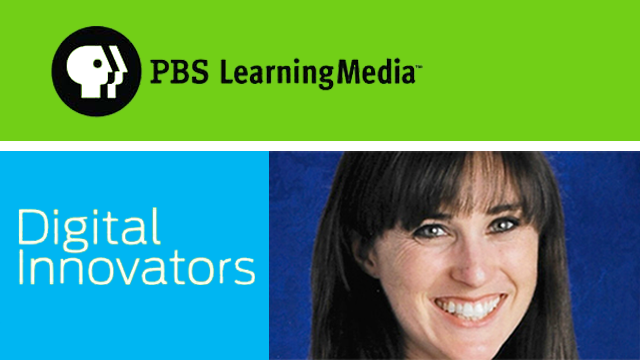Amanda Haughs (@MsHaughs) teaches fifth grade at Forest Hill Elementary in San Jose, California. She is also a 2015 PBS Digital Innovator. The best part of her job is watching students get excited about learning and being able to witness the “A-ha!” moments. She is passionate about finding the tool, strategy or subject that each student needs in order to feel inspired and motivated to learn. Amanda recently used PBS LearningMedia and a 3D printer to teach plant and animal cells. Share your PBS LearningMedia stories here.
How are you using PBS LearningMedia?
I use PBS LearningMedia tools in whole class instruction,
to differentiate learning, to review skills, and to make real world
connections to our learning.
Can you share a recent success story?
Just a couple of weeks ago, we were provided the opportunity to borrow a
3D printer. Since we were studying plant and animal cells I decided to
have the students use TinkerCad to design models of a plant or animal cell
that we would then print. I used a PBS LearningMedia article about
bioprinting and a video about tissue engineering to support the unit. The
week before 3D printing, the students did a flipped assignment for
homework that required them to do a close read of the article, view the
video and write a summary, and prepare to talk about both assignments in
class the next day. Students were also provided an optional assignment
in which they read (and commented on) a blog about printing bones written
for the Frankenstein, M.D. Show. Using these materials, students were
able to discuss bioprinting and future uses of 3D printers with our
district STEAM coach and the 3D printer company engineer on the day of
printing!
